-
Executive Summary
-
Scope of the Report
-
Market Definition
-
Scope of the Study
- Research Objectives
- Assumptions & Limitations
-
Markets Structure
-
Market Research Methodology
-
Research Process
-
Secondary Research
-
Primary Research
-
Forecast Model
-
Market Landscape
-
Porter’s Five Forces Analysis
- Threat of New Entrants
- Bargaining power of buyers
- Threat of substitutes
- Rivalry
- Bargaining Power of Suppliers
-
Value Chain/Supply Chain of Smart Robot Market
-
Market Overview of Smart Robot Market
-
Introduction
-
Growth Drivers
-
Impact Analysis
-
Market Challenges
-
Market Trends
-
Introduction
-
Growth Trends
-
Impact Analysis
-
Smart Robot Market, by Component
-
Introduction
-
Actuator
- Electrical
- Pneumatic
- Hydraulic
- Piezoelectric
- Ultrasonic
-
Sensors
- Gyroscope
- Microphone
- Accelerometer
- Tilt Sensor
- Force/Torque Sensor
- Position Sensor
- Vision/ Image Sensor
-
Smart Robot Market, by Vertical
-
Introduction
-
Automotive
-
Market Estimates & Forecast, 2024- 2032
-
Market Estimates & Forecast, by Region, 2024- 2032
-
Manufacturing
-
Market Estimates & Forecast, 2024- 2032
-
Market Estimates & Forecast, by Region, 2024- 2032
-
Electrical &Electronics
-
Market Estimates & Forecast, 2024- 2032
-
Market Estimates & Forecast, by Region, 2024- 2032
-
Food & Beverages
-
Market Estimates & Forecast, 2024- 2032
-
Market Estimates & Forecast, by Region, 2024- 2032
-
Chemical
-
Market Estimates & Forecast, 2024- 2032
-
Market Estimates & Forecast by Region, 2024- 2032
-
Residential
-
Market Estimates & Forecast, 2024- 2032
-
Market Estimates & Forecast, by Region, 2024- 2032
-
Entertainment
-
Market Estimates & Forecast, 2024- 2032
-
Market Estimates & Forecast, by Region, 2024- 2032
-
Smart Robot Market, by Region
-
Introduction
-
North America
- Market Estimates & Forecast, by Country 2024- 2032
- Market Estimates & Forecast, by Component, 2024- 2032
- Market Estimates & Forecast, by Verticals, 2024- 2032
- US
- Mexico
- Canada
-
Europe
- Market Estimates & Forecast, by Country 2024- 2032
- Market Estimates & Forecast, by Component, 2024- 2032
- Market Estimates & Forecast, by Verticals, 2024- 2032
- Germany
- France
- UK
-
Asia-Pacific
- Market Estimates & Forecast, by Country 2024- 2032
- Market Estimates & Forecast, by Component, 2024- 2032
- Market Estimates & Forecast, by Verticals, 2024- 2032
- China
- India
- Japan
- Rest of Asia-Pacific
-
Rest of the World
- Market Estimates & Forecast, by Country 2024- 2032
- Market Estimates & Forecast, by Component, 2024- 2032
- Market Estimates & Forecast, by Verticals, 2024- 2032
- Middle East & Africa
- Latin Countries
-
Company Profiles
-
Honda Motor
- Company Overview
- Component/Business Segment Overview
- Financial Updates
- Key Developments
-
iRobot Corporation
- Company Overview
- Component/Business Segment Overview
- Financial Updates
- Key Developments
-
Seiko Epson Corporation
- Company Overview
- Component/Business Segment Overview
- Financial Updates
- Key Developments
-
greyorange pte ltd.
- Company Overview
- Component/Business Segment Overview
- Financial Updates
- Key Developments
-
Rethink Robotics
- Company Overview
- Component/Business Segment Overview
- Financial Updates
- Key Developments
-
KUKA AG
- Company Overview
- Component/Business Segment Overview
- Financial Updates
- Key Developments
-
F&P Personal Robotics
- Company Overview
- Component/Business Segment Overview
- Financial Updates
- Key Developments
-
SoftBank Robotics
- Company Overview
- Component/Business Segment Overview
- Financial Updates
- Key Developments
-
YASKAWA ELECTRIC CORPORATION
- Company Overview
- Component/Business Segment Overview
- Financial Updates
- Key Developments
-
FANUC
- Company Overview
- Component/Business Segment Overview
- Financial Updates
- Key Developments
-
Conclusion
-
-
LIST OF TABLES
-
Table1 Global Smart Robot Market, By Country, 2024- 2032
-
Table2 North America: Smart Robot Market, By Country, 2024- 2032
-
Table3 Europe: Smart Robot Market, By Country, 2024- 2032
-
Table4 Asia-Pacific: Smart Robot Market, By Country, 2024- 2032
-
Table5 Latin America: Smart Robot Market, By Country, 2024- 2032
-
Table6 North America: Smart Robot Market, By Country
-
Table7 North America: Smart Robot Market, By Component
-
Table8 North America: Smart Robot Market, By Verticals
-
Table9 Europe: Smart Robot Market, By Country
-
Table10 Europe: Smart Robot Market, By Component
-
Table11 Europe: Smart Robot Market, By Verticals
-
Table12 Asia-Pacific: Smart Robot Market, By Country
-
Table13 Asia-Pacific Smart Robot Market, By Component
-
Table14 Asia-Pacific Smart Robot Market, By Verticals
-
Table15 Middle East & Africa: Smart Robot Market, By Country
-
Table16 Middle East & Africa: Smart Robot Market, By Component
-
Table17 Middle East & Africa: Smart Robot Market, By Verticals
-
Table18 Latin America: Smart Robot Market, By Country
-
Table19 Latin America: Smart Robot Market, By Component
-
Table20 Latin America: Smart Robot Market, By Verticals
-
-
LIST OF FIGURES
-
Global Smart Robot Market segmentation
-
Forecast Methodology
-
Porter’s Five Forces Analysis of Global Smart Robot Market
-
Value Chain of Global Smart Robot Market
-
Share of Smart Robot Market in 2020, by country (in %)
-
Global Smart Robot Market, 2024- 2032
-
Share of Global Smart Robot Market by Industry, 2024- 2032
-
Global Smart Robot Market Size, by Component, 2020
-
Share of Global Smart Robot Market, by Component, 2024- 2032
-
Global Smart Robot Market Size, by Verticals, 2020
-
Share of Global Smart Robot Market, by Verticals, 2024- 2032
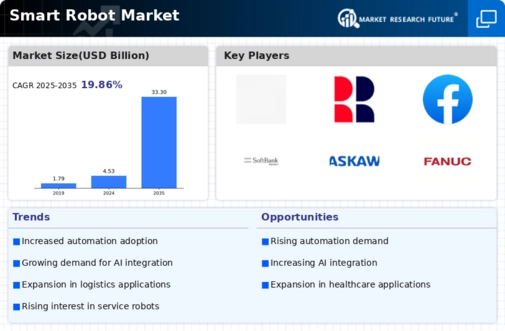
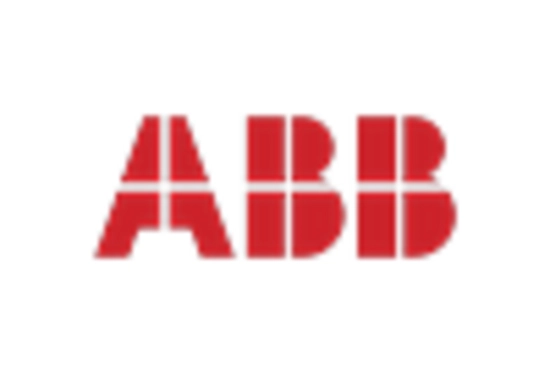

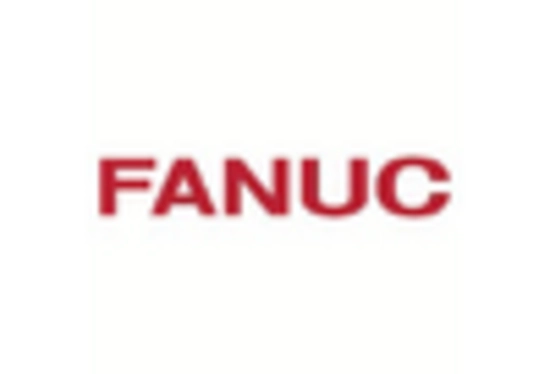
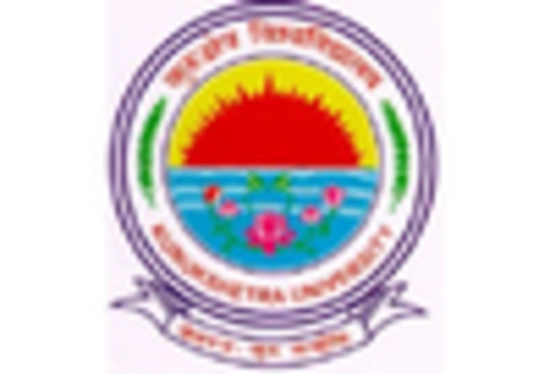
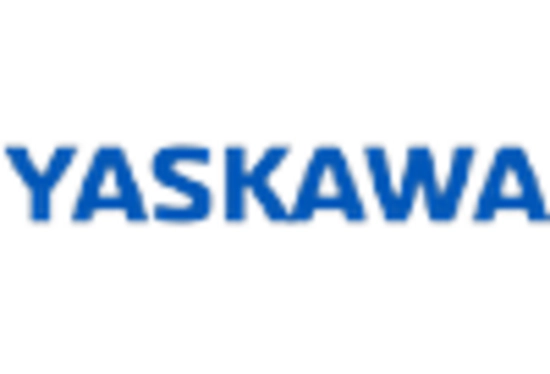
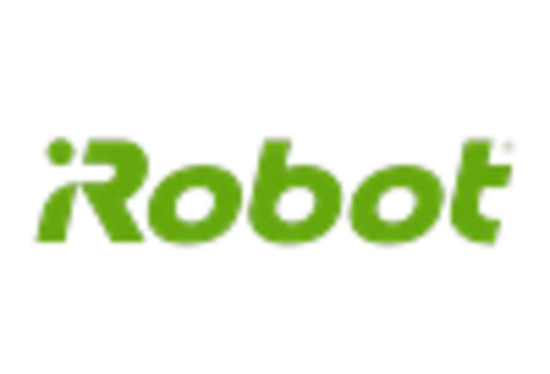

Leave a Comment